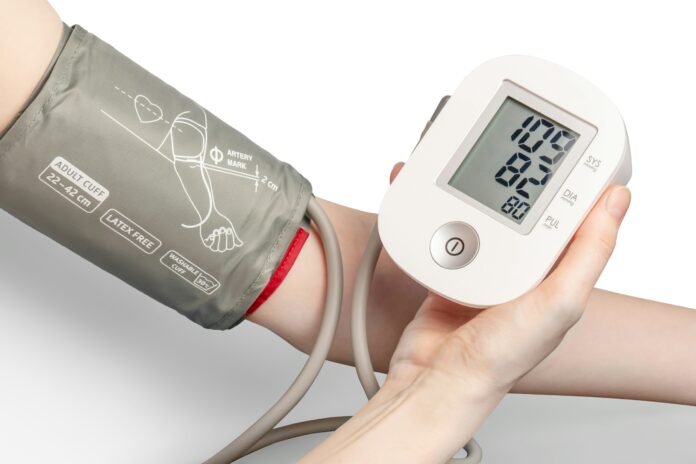Table of Contents
In the realm of healthcare, accurate diagnosis coding is crucial for effective patient care, billing accuracy, and data analysis. The International Classification of Diseases, 10th Revision (ICD-10), is a globally recognized system used for coding medical diagnoses and procedures. However, when it comes to coding hypertension, healthcare providers often encounter various challenges that can impact efficiency and accuracy. This article explores the common issues healthcare professionals face with ICD-10 coding for hypertension and provides practical solutions to navigate these complexities effectively.
Understanding ICD-10 and Its Importance
ICD-10 is a comprehensive system that categorizes diseases and health-related conditions. It plays a vital role in healthcare by standardizing codes for diagnoses and procedures, enabling healthcare providers to communicate effectively across different settings and countries. For hypertension, accurate coding ensures proper treatment planning, monitoring, and reimbursement processes.
Common Challenges in Hypertension Coding
- Specificity Requirements: ICD-10 codes for hypertension require specificity in documenting the type and severity of hypertension, which can be challenging without detailed clinical information.
- Code Selection: Selecting the correct code from the extensive list in ICD-10 can be daunting, especially when there are multiple codes that could potentially apply to a patient’s condition.
- Documentation Issues: Incomplete or inadequate documentation by healthcare providers can lead to ambiguity in coding, impacting the accuracy of hypertension diagnoses.
- Coding Updates: Regular updates to ICD-10 codes and guidelines require healthcare providers to stay current with changes, which can pose a challenge in maintaining consistency and accuracy.
Strategies to Improve Hypertension Coding Accuracy
- Comprehensive Documentation: Encourage healthcare providers to document detailed clinical information, including the type of hypertension (e.g., essential, secondary), severity (e.g., controlled, uncontrolled), and any related complications.
- Education and Training: Provide ongoing education and training sessions for healthcare staff on ICD-10 coding guidelines specific to hypertension. This ensures that coding practices align with current standards and best practices.
- Utilization of Electronic Health Records (EHRs): EHR systems can facilitate accurate coding by prompting providers to enter specific details required for coding hypertension. Integration of coding prompts within EHRs can enhance documentation completeness.
- Regular Coding Audits: Conduct regular audits of hypertension coding practices to identify common errors or areas needing improvement. Feedback from audits can guide corrective actions and enhance coding accuracy over time.
Practical Examples and Case Studies
Example 1: A patient presents with uncontrolled hypertension due to renal artery stenosis. Proper documentation includes specifying the underlying cause (renal artery stenosis) and the severity of hypertension (uncontrolled). Coding would reflect these details to ensure accurate billing and treatment planning.
Example 2: A provider diagnoses a patient with essential hypertension with congestive heart failure. Documentation should include both conditions and their relationship (e.g., due to hypertension). Coding would involve selecting appropriate codes for both hypertension and congestive heart failure, ensuring comprehensive reimbursement and clinical management.
Benefits of Effective Hypertension Coding
- Improved Patient Care: Accurate coding facilitates better treatment planning and monitoring for patients with hypertension, ensuring they receive appropriate care based on their specific condition and needs.
- Enhanced Reimbursement: Proper coding supports timely and accurate reimbursement for healthcare services rendered, reducing delays and denials in payment processes.
- Data Analysis and Research: Consistent and accurate coding of hypertension enables healthcare organizations to analyze trends, outcomes, and population health data, contributing to research and public health initiatives.
Conclusion
Navigating ICD-10 coding for hypertension requires healthcare providers to address various challenges effectively while striving for accuracy and compliance. By implementing strategies such as comprehensive documentation, ongoing education, and utilization of EHRs, healthcare organizations can enhance coding practices and ultimately improve patient care and financial outcomes. Embracing these solutions ensures that hypertension coding aligns with current guidelines and standards, benefiting both healthcare providers and the patients they serve.
In conclusion, solving ICD-10 coding problems for hypertension involves understanding the system’s requirements, addressing common challenges with practical strategies, and emphasizing the importance of accurate documentation and training. By taking proactive steps to improve coding practices, healthcare providers can enhance patient care, streamline reimbursement processes, and contribute to meaningful data analysis in healthcare delivery.





